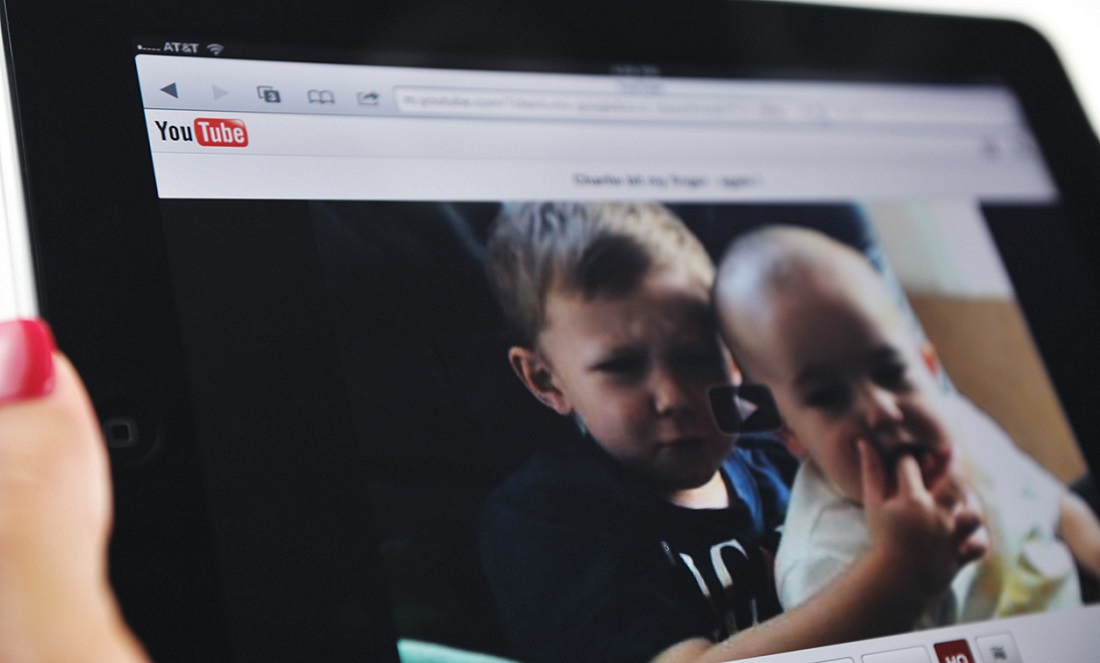The internet loves videos of cute kids. Case in point: Sophia Grace and her cousin Rosie, who became viral sensations after Ellen DeGeneres invited them to sing on her show.
As the internet grows along with these kids, two researchers have raised the question: are these children being exploited?
Free labour or just a bit of fun?
Dr Crystal Abidin from Jönköping University and Curtin University and Associate Professor Tama Leaver from Curtin University are studying the outcomes of shared content between YouTube and TV programming.
Viral videos and social media are creating child stars and are then picked up as content on TV talk shows.
We’ve all seen what a rough time child stars can end up having (hey there, Macaulay Culkin).
Crystal says that, although these types of videos are adorable and parents often just want to share their pride, the potential for exploitation starts after a video goes viral.
Cash me ousside howbow dah
The researchers use Danielle Bregoli as an example. Danielle, an “out-of-control” teenager, was a guest on the Dr. Phil show last year. Although you’d hardly call her adorable, her appearance went viral and spawned the catchphrase “cash me ousside howbow dah”.

The 14-year-old now has 11.3 million followers on Instagram, her own emoji and has just released a single. (This link comes with a warning for your ears.)
“Danielle received a lot of flack for seeking attention on social media,” Crystal says, “but we ignore the fact that the Dr. Phil show also capitalised on her.
“Ordinary children filmed this way are attractive because they are caught in usually funny, surprising or compromising situations and haven’t learned how to react well.”
Of course, Danielle was invited back for a follow-up visit to the Dr. Phil show after her viral success.
“This is a classic case of a viral video creating a micro celebrity,” Tama says.
Symbiotic or parasitic relationship?
Exploitation also occurs when programmes such as The Ellen DeGeneres Show find cute kids’ videos on YouTube. They invite them on the show and then share the footage on their own YouTube channel.
“This is a form of TV cannibalism,” Tama says. “These videos provide free content for the programmes and often turn the children into social media influencers who then make money out of product endorsements.
“Ellen cannibalises the content by replaying and reposting it to her own social media channels.”
The levels of exploitation can get much worse.
DaddyOFive is a YouTube channel where a married couple play pranks on their kids and make them cry. They film it and post it online.
“In the race for clicks and hits, they went too far,” Tama says. “Other YouTubers called them out. It’s nice to see there was a line drawn.”
Crystal and Tama presented their research at the Digitising Early Childhood International Conference 2017 hosted by ECU.









